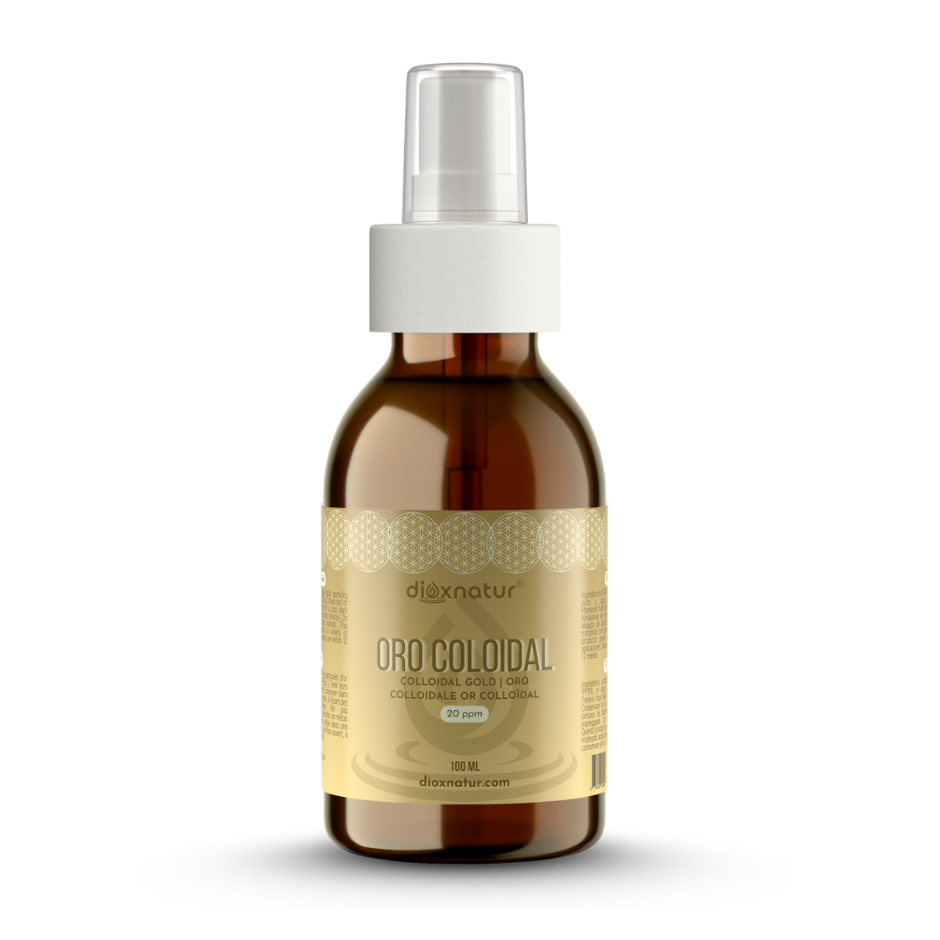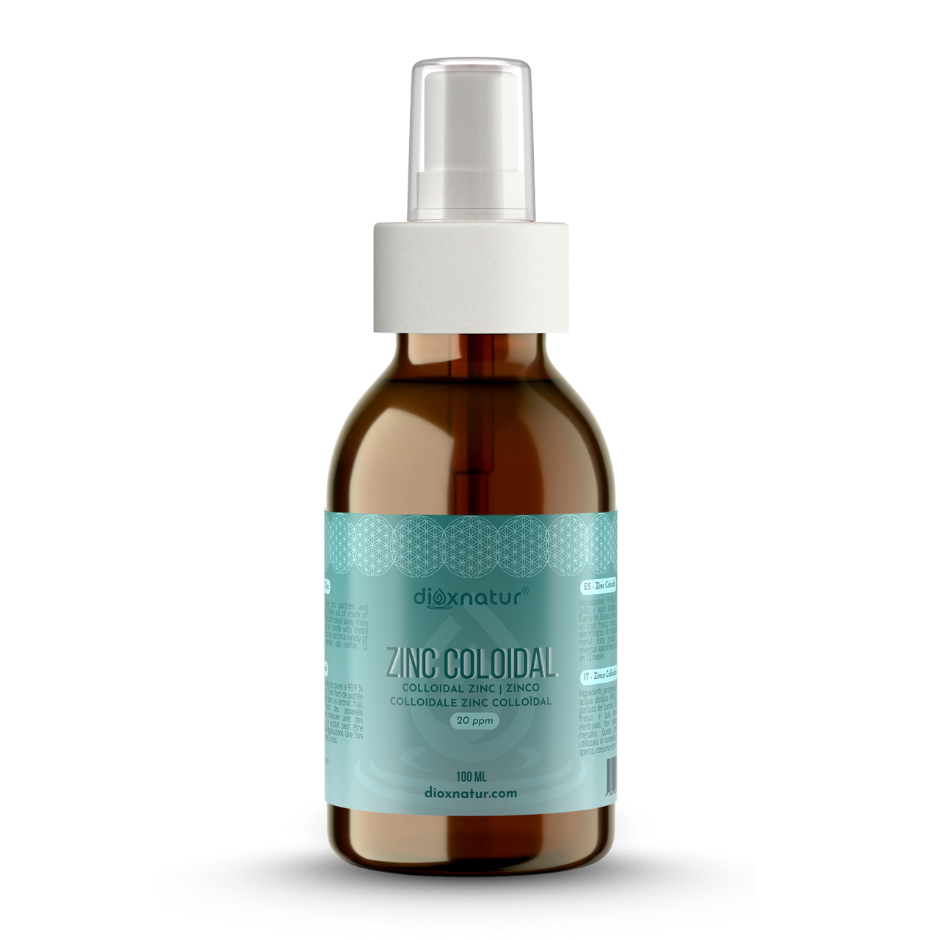Eating seasonal fruits and vegetables is not only a great way to get fresh and tasty produce, but also to support local agriculture and reduce your carbon footprint. In this article, we'll explore what fruits and vegetables are in season right now, their benefits, and how to incorporate them into your daily diet to enjoy a healthy and varied diet.
Seasonal Fruits and Vegetables in Summer
The Best Fruits for the Summer Heat
During the summer, fresh, juicy fruits are especially appealing. Some of the best seasonal fruits for this time include:
- Watermelon: With its high water content, it is perfect for staying hydrated.
- Melon: Sweet and refreshing, ideal for fruit salads.
- Cherries: Small but mighty in flavor and nutrients.
- Strawberries: Versatile and perfect for desserts or healthy snacks.
Fresh Summer Vegetables
Summer vegetables are perfect for salads and light dishes:
- Cucumber: Refreshing and crunchy, ideal for salads and gazpachos.
- Tomato: Juicy and tasty, perfect for salads and sauces.
- Zucchini: Versatile and delicious, ideal for grilling and stir-frying.
- Eggplant: Perfect for roasts and Mediterranean dishes.
Benefits of Summer Fruits and Vegetables
Each summer fruit and vegetable offers a variety of health benefits:
- Watermelon: Rich in vitamins A and C, it helps hydrate and improves skin health.
- Cucumber: Low in calories and high in water, it helps with hydration and digestion.
- Tomato: High in lycopene and vitamin C, it benefits heart health.
- Zucchini: Rich in fiber and antioxidants, it supports digestion and eye health.
Seasonal Fruits and Vegetables in Autumn
Autumnal Flavors to Enjoy
Fall brings with it a variety of fruits and vegetables perfect for the harvest season:
- Apples: Perfect for pies, juices and as snacks.
- Pears: Delicate and juicy, ideal for desserts and salads.
- Pomegranates: Rich in antioxidants, ideal for juices and salads.
- Grapes: Sweet and nutritious, perfect for eating alone or in recipes.
Nutritious Fall Vegetables
Autumn vegetables are rich and full of flavour:
- Pumpkin: Sweet and versatile, ideal for soups and purees.
- Sweet Potato: Nutrient-rich, perfect for roasts and stews.
- Broccoli: High in vitamins C and K, ideal for stir-fries and side dishes.
- Cauliflower: Versatile and nutritious, perfect for purees and roasts.
Nutritional Benefits of Fall Fruits and Vegetables
Fall fruits and vegetables are packed with nutrients:
- Apples: Rich in fiber and vitamin C, they promote digestive health.
- Pumpkin: High in vitamin A and antioxidants, supports eye and heart health.
- Sweet potato: Contains beta-carotene and fiber, benefits digestive health and vision.
- Broccoli: Rich in antioxidants, it supports the immune system and bone health.
Seasonal Fruits and Vegetables in Winter
Winter Delight
In winter, citrus fruits dominate the scene, providing a refreshing and nutritious touch:
- Oranges: Rich in vitamin C, perfect for juices and salads.
- Mandarins: Small and sweet, ideal for snacks.
- Kiwi: High in vitamin C and E, perfect for desserts and salads.
- Persimmons: Sweet and juicy, ideal for desserts and savory dishes.
Winter Vegetables
Winter vegetables are rich in nutrients and flavor:
- Brussels sprouts: Rich in fiber and vitamin C, perfect for roasting.
- Cabbage: Versatile and nutritious, ideal for salads and stews.
- Turnips: Low in calories and high in fiber, perfect for soups and stews.
- Carrots: Sweet and crunchy, ideal for soups and side dishes.
Benefits of Winter Fruits and Vegetables
Winter fruits and vegetables offer numerous health benefits:
- Oranges: Help strengthen the immune system and improve skin health.
- Brussels sprouts: High in fiber and antioxidants, they benefit digestive and cardiovascular health.
- Cabbage: Rich in vitamins K and C, it supports bone and immune system health.
- Carrots: High in beta-carotene, they promote eye and skin health.
Seasonal Fruits and Vegetables in Spring
Spring Freshness
Spring brings a variety of fresh and delicious fruits and vegetables:
- Strawberries: They are beginning to be at their best, perfect for all kinds of dishes.
- Mangos: Sweet and juicy, ideal for smoothies and desserts.
- Pineapple: Refreshing and acidic, perfect for juices and salads.
- Cherries: Beginning to appear, offering their distinctive flavor.
Spring Vegetables
Spring vegetables are fresh and full of flavor:
- Asparagus: Delicate and flavorful, ideal for roasting and sautéing.
- Peas: Sweet and tender, perfect for salads and stews.
- Lettuce: Fresh and crunchy, ideal for salads and sandwiches.
- Radishes: Spicy and crunchy, perfect for salads and snacks.
Benefits of Spring Fruits and Vegetables
Spring fruits and vegetables are not only delicious, but they are also very nutritious:
- Strawberries: High in antioxidants, they help fight inflammation.
- Asparagus: Rich in fiber and vitamins, they benefit digestive and cardiovascular health.
- Peas: High in protein and fiber, they promote satiety and digestive health.
- Lettuce: Low in calories and high in fiber, it supports digestive health and hydration.
Seasonal Fruit and Vegetable Calendar Month by Month
January
- Fruits: Oranges, Tangerines, Kiwi, Persimmons
- Vegetables: Brussels sprouts, cabbage, turnips, carrots
February
- Fruits: Oranges, Tangerines, Kiwi, Persimmons
- Vegetables: Brussels sprouts, cabbage, turnips, carrots
March
- Fruits: Strawberries, Oranges, Tangerines, Kiwi
- Vegetables: Asparagus, Peas, Lettuce, Radishes
April
- Fruits: Strawberries, Mangoes, Pineapple, Cherries
- Vegetables: Asparagus, Peas, Lettuce, Radishes
May
- Fruits: Strawberries, Mangoes, Pineapple, Cherries
- Vegetables: Asparagus, Peas, Lettuce, Radishes
June
- Fruits: Watermelon, Melon, Cherries, Strawberries
- Vegetables: Cucumber, Tomato, Zucchini, Eggplant
July
- Fruits: Watermelon, Melon, Cherries, Strawberries
- Vegetables: Cucumber, Tomato, Zucchini, Eggplant
August
- Fruits: Watermelon, Melon, Strawberries, Grapes
- Vegetables: Cucumber, Tomato, Zucchini, Eggplant
September
- Fruits: Apples, Pears, Pomegranates, Grapes
- Vegetables: Pumpkin, Sweet Potato, Broccoli, Cauliflower
October
- Fruits: Apples, Pears, Pomegranates, Grapes
- Vegetables: Pumpkin, Sweet Potato, Broccoli, Cauliflower
November
- Fruits: Apples, Pears, Pomegranates, Tangerines
- Vegetables: Pumpkin, Sweet Potato, Broccoli, Cauliflower
December
- Fruits: Oranges, Tangerines, Kiwi, Persimmons
- Vegetables: Brussels sprouts, cabbage, turnips, carrots
How to Incorporate Seasonal Fruits and Vegetables into Your Diet
Recipes with seasonal fruits and vegetables
Incorporating seasonal fruits and vegetables into your daily diet is simple and delicious:
- Fruit Salads: Mix your favorite fruits for a refreshing salad.
- Juices and smoothies: Combine different fruits with water, yogurt or milk for a nutritious smoothie.
- Desserts: Use fresh fruit to make cakes, pies, and other desserts.
- Salads: Create varied salads with fresh, crunchy vegetables.
- Soups and Stews: Use seasonal vegetables for nutritious soups and stews.
- Roasting and Grilling: Roasting or grilling vegetables brings out their natural flavors.
Tips for Buying Seasonal Fruits and Vegetables
To make the most of seasonal fruits and vegetables, follow these tips:
- Buy Local: Purchase produce from local markets for the freshest products.
- Select Carefully: Look for ripe fruits and vegetables, without spots or bruises.
- Store Properly: Store products in a cool, dry place, or in the refrigerator if necessary.
- Chlorine Dioxide Cleaning: Clean fruits and vegetables with a chlorine dioxide solution to remove any traces of pesticides and microorganisms. Chlorine dioxide is an effective disinfectant that can help keep your produce safe for consumption. Be sure to rinse thoroughly with water before consuming.
Conclusion
Eating seasonal fruits and vegetables is a great way to enjoy fresh, nutritious flavors, support local agriculture, and reduce your carbon footprint. Whether it's summer, fall, winter, or spring, there are always a variety of delicious and healthy fruits and vegetables available to you. Incorporate these products into your diet and enjoy their numerous health benefits!








